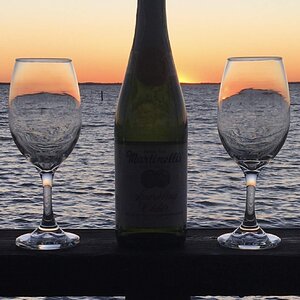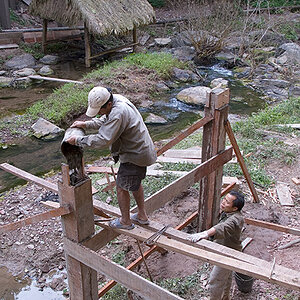NickD
TPF Noob!
- Joined
- Dec 28, 2009
- Messages
- 14
- Reaction score
- 0
- Location
- Quebec city, Canada
- Can others edit my Photos
- Photos OK to edit
I just finished the first chapter of Understanding Exposure: How to Shoot Great Photographs and Bryan Peterson is talking about the fact that each time you set-up for a shot, you should take 6 exposures and choose the "most creative one".
Example :
1/500 : F/4
1/250 : F/5.6
1/125 : F/8
1/60 : F/11
1/30 : F/16
1/15 : F/22
What do you guys think about that ?
Example :
1/500 : F/4
1/250 : F/5.6
1/125 : F/8
1/60 : F/11
1/30 : F/16
1/15 : F/22
What do you guys think about that ?


 :lmao:
:lmao:![[No title]](/data/xfmg/thumbnail/36/36134-64e77d33cc4c68e1253adc2879f24a96.jpg?1619737387)
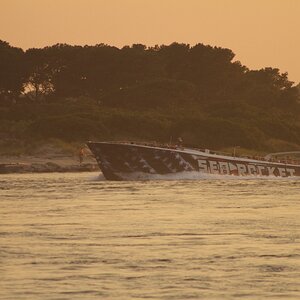
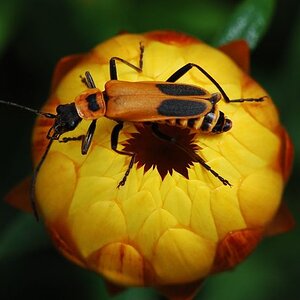
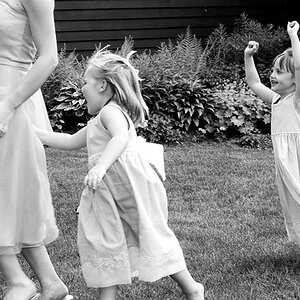

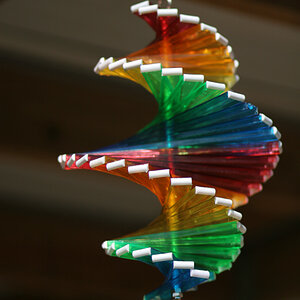
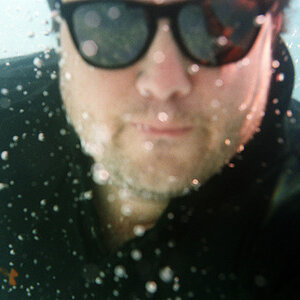
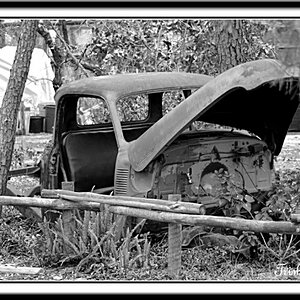
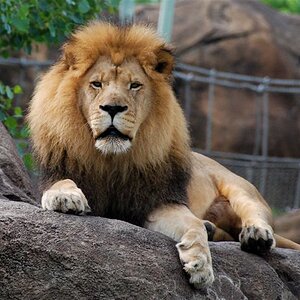
![[No title]](/data/xfmg/thumbnail/1/1592-cfae4a7ea791f96c6e2d03484be2e454.jpg?1619729144)
